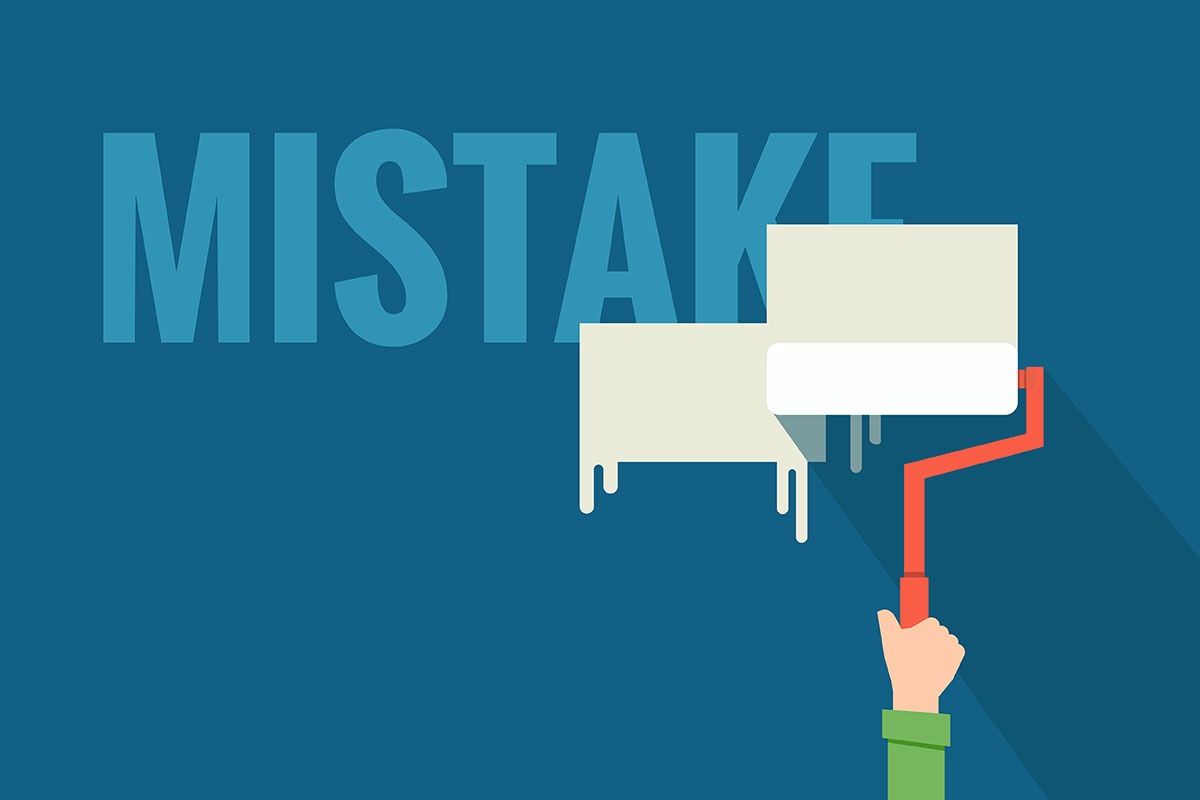Creating a visually appealing and user-friendly website is crucial for businesses to succeed in the digital age. However, many website designs fall short due to common mistakes that can hinder user experience and ultimately drive away visitors. Common Mistakes to Avoid When Designing a Website include poor navigation, slow loading times, and a lack of mobile optimization. By understanding these pitfalls, designers can create websites that effectively engage visitors and achieve their desired goals.
Mistakes to Avoid When Designing a Website

Designing a website is an intricate process that requires attention to detail and an understanding of user behavior. However, many designers fall into common pitfalls that can negatively impact usability, aesthetics, and ultimately, the success of the site. Here are crucial common mistakes to avoid when designing a website.
1- Overlooking User Experience (UX)
One of the primary common mistakes to avoid when designing a website is neglecting user experience. A website should focus on delivering a seamless experience to its visitors. Poor navigation, cluttered layouts, and illogical structures can frustrate users. To enhance UX:
- Ensure intuitive navigation with a clear menu structure.
- Use consistent design elements throughout the site.
- Create a responsive design that works well on various devices.
2- Ignoring Mobile Optimization
Another frequent misstep in web design is ignoring mobile optimization. With an increasing number of users accessing websites via smartphones and tablets, failing to create a mobile-friendly version of your site can alienate a significant portion of your audience. To combat this:
- Employ responsive design techniques to ensure your site adapts to different screen sizes.
- Test your website on various devices to identify any issues prior to launch.
- Optimize loading times on mobile to enhance performance.
- Addressing mobile optimization is one of the key common mistakes to avoid when designing a website that can drastically improve user involvement.
Read more: best Envato Elements alternatives
3- Cluttered Design and Overloading with Information

A common mistake many designers make is creating a cluttered design. Overloading a website with too much text, images, or animations can overwhelm users. To create a visually appealing site:
- Use ample white space to give content room to breathe.
- Limit the use of different fonts and colors to create a cohesive aesthetic.
- Prioritize content and display only what is essential on each page.
- Striving for simplicity and clarity will not only enhance the visual appeal but also ensure your message is effectively communicated. This is a prime example of the common mistakes to avoid when designing a website to keep users engaged.
4- Neglecting SEO Basics
Search Engine Optimization (SEO) plays a vital role in website visibility, yet it is often overlooked during the design process. Not integrating SEO strategies from the outset can hinder a site’s discoverability. To avoid this mistake:
- Use relevant keywords throughout your content.
- Optimize image alt tags to improve accessibility and SEO.
- Ensure fast loading times, as site speed is a ranking factor for search engines.
- Integrating SEO principles is one of the most significant common mistakes to avoid when designing a website, as it impacts how well your site performs in search engine results.
5- Failing to Use High-Quality Images
Using poor-quality images can diminish a website’s professionalism. Low-resolution images can detract from your content and may lead users to question your credibility. To avoid this common pitfall:
- Use high-quality images that resonate with your brand.
- Consider hiring a professional photographer or investing in stock photos.
- Optimize image sizes for faster loading times without sacrificing quality.
6- Not Providing Clear Calls to Action (CTAs)
A website without clear calls to action can leave users unsure about what to do next. Failing to guide users toward desired actions can result in missed conversions. To ensure effective CTAs:
- Create prominent buttons for actions such as “Sign Up,” “Contact Us,” or “Buy Now.”
- Use contrasting colors to make CTAs stand out against the background.
- Keep the messaging concise and action-oriented.
7- Over-complicating the Design
In an attempt to impress, some designers may overly complicate their website’s design. This can result in confusion and frustration, driving visitors away. To create an effective design:
- Focus on functionality over extravagance.
- Use straightforward design elements that enhance usability.
- Prioritize important information and remove unnecessary clutter.
- Over-complicating the design is a significant contributor to user dissatisfaction, making it one of the prevalent common mistakes to avoid when designing a website.
Read more: comparison of Envato Elements vs. other stock photo sites
What makes a website good or bad?

A good website is characterized by several key elements that enhance user experience and engagement. Firstly, a clear and intuitive layout enables visitors to navigate with ease, finding information quickly without confusion. Secondly, fast loading times are crucial; users are likely to abandon sites that take too long to load. Thirdly, high-quality, relevant content keeps visitors interested and encourages them to return for more.
Moreover, mobile-friendliness is essential, as an increasing number of users access sites via their smartphones. Sites that don’t adapt well to different screen sizes often lead to frustration and increased bounce rates. Additionally, effective use of SEO techniques ensures that a website is easily searchable, allowing it to reach a larger audience.
On the contrary, a bad website exhibits poor design, cluttered content, and difficult navigation. Slow loading speeds and lack of mobile optimization deter users from engaging with the site. Furthermore, outdated information can harm credibility, causing visitors to seek alternatives. Lastly, intrusive pop-ups and excessive ads can disrupt the browsing experience, creating a negative impression. Ultimately, a successful website balances aesthetic appeal with functionality, prioritizing user experience to promote satisfaction and retention.
Readf more: find the perfect asset for your next project on Envato Elements
In conclusion, avoiding common mistakes is crucial for creating a successful website. Remember, a well-designed website not only looks good but also enhances user experience and drives conversions. By carefully considering these common mistakes: [Mention 2-3 specific mistakes], you can create a website that stands out and achieves your goals.

